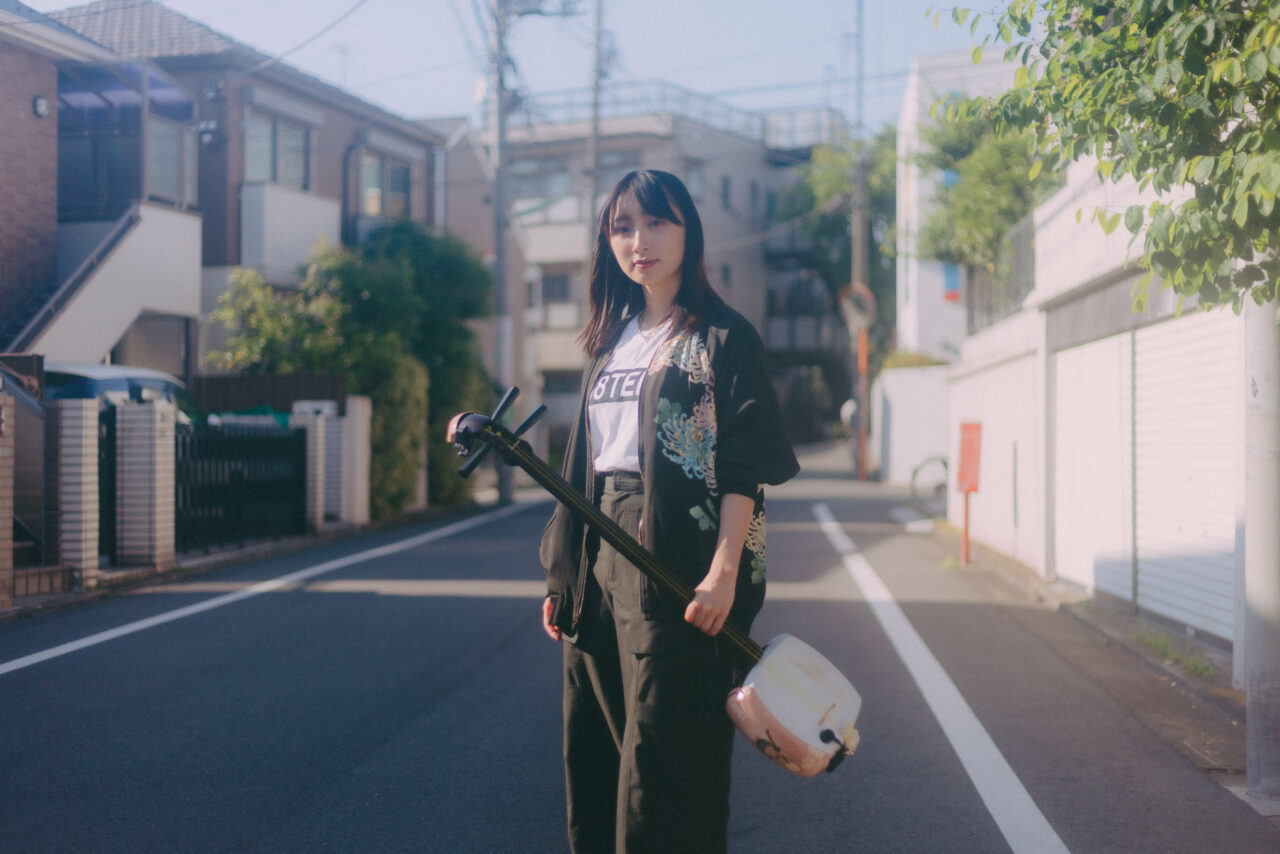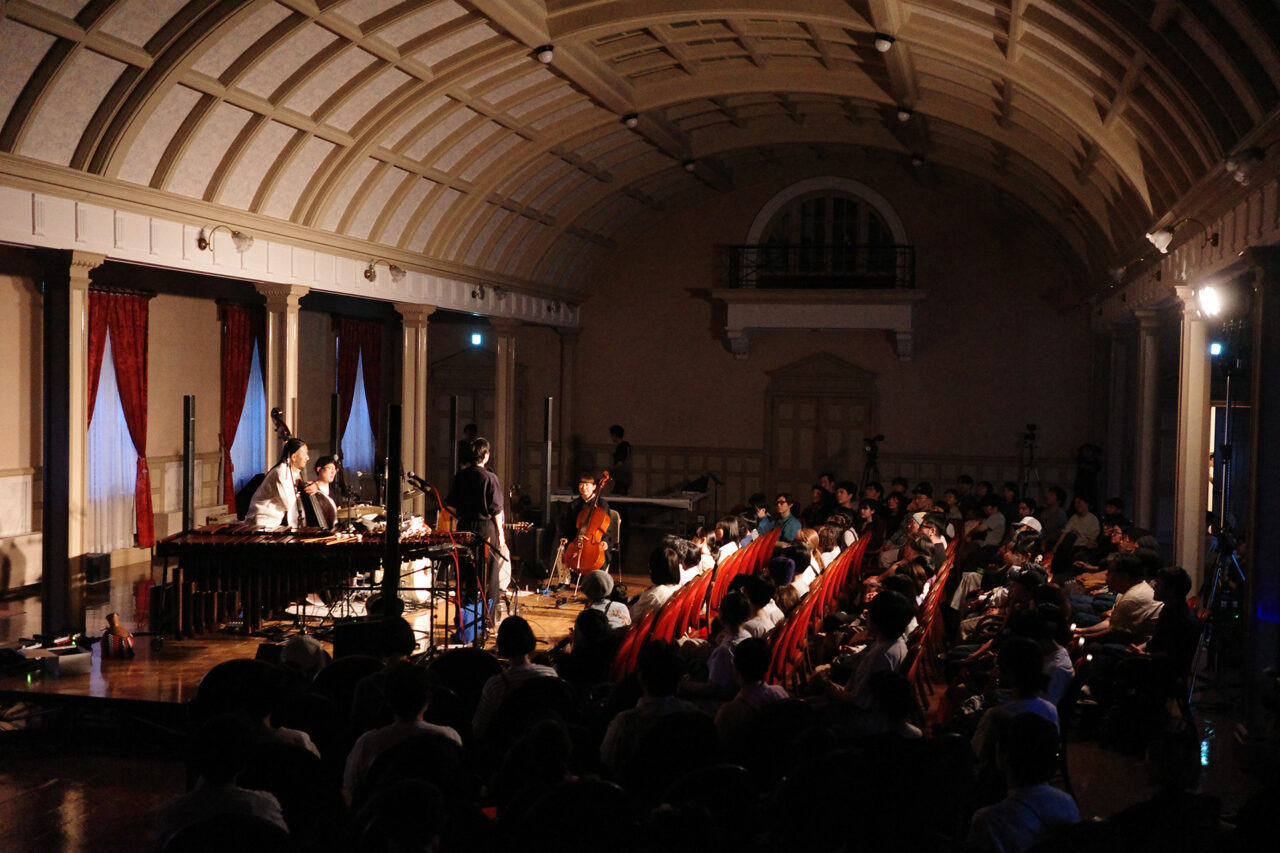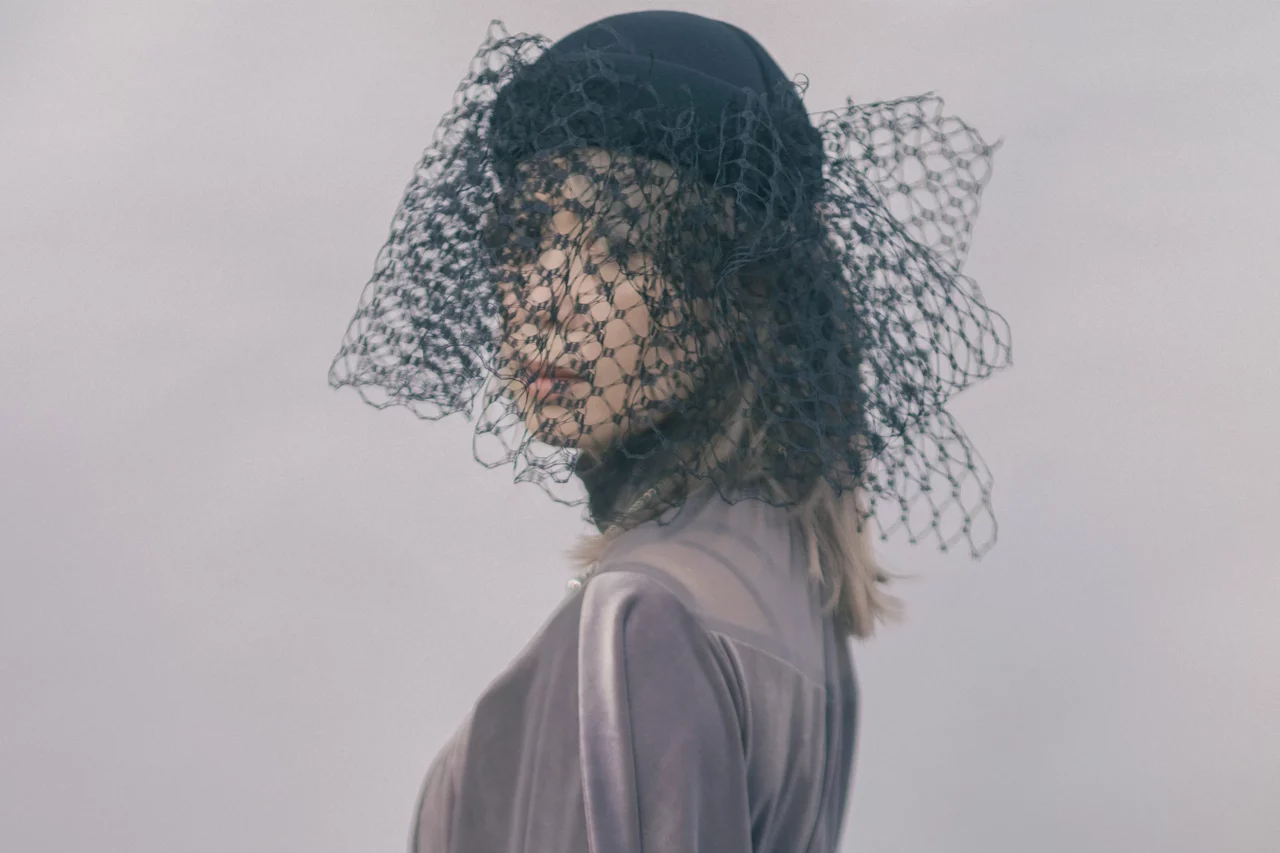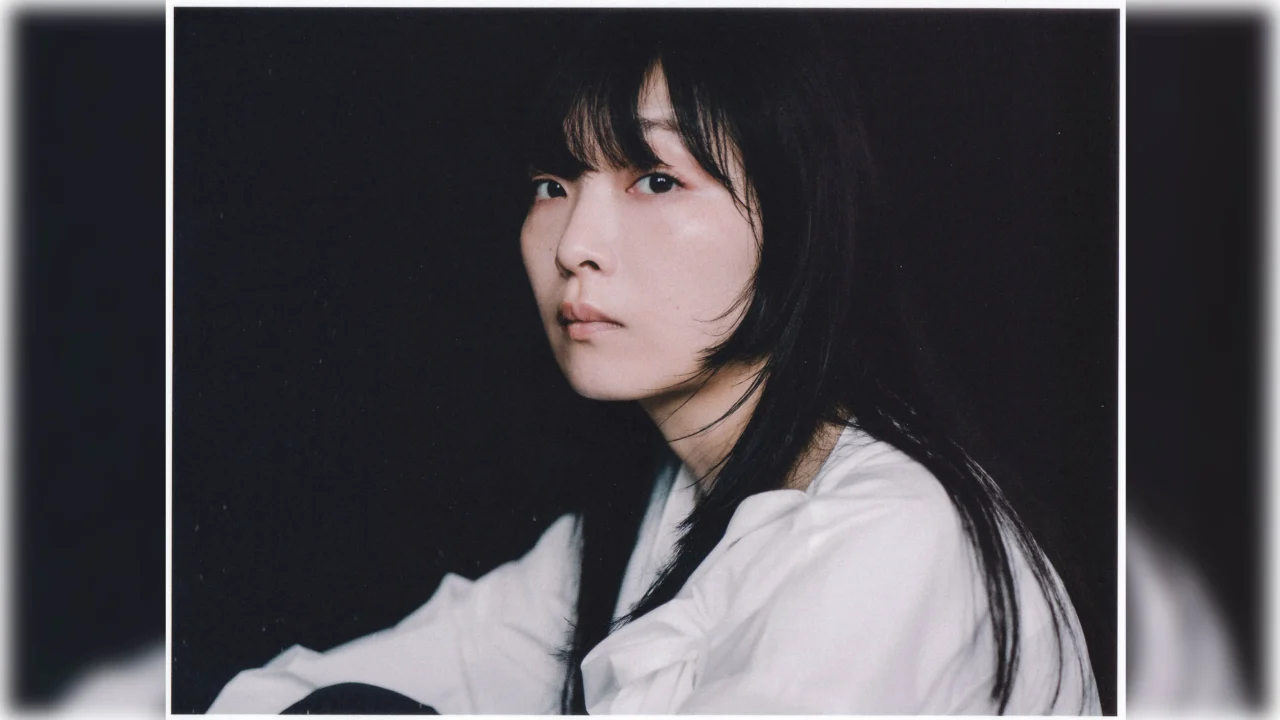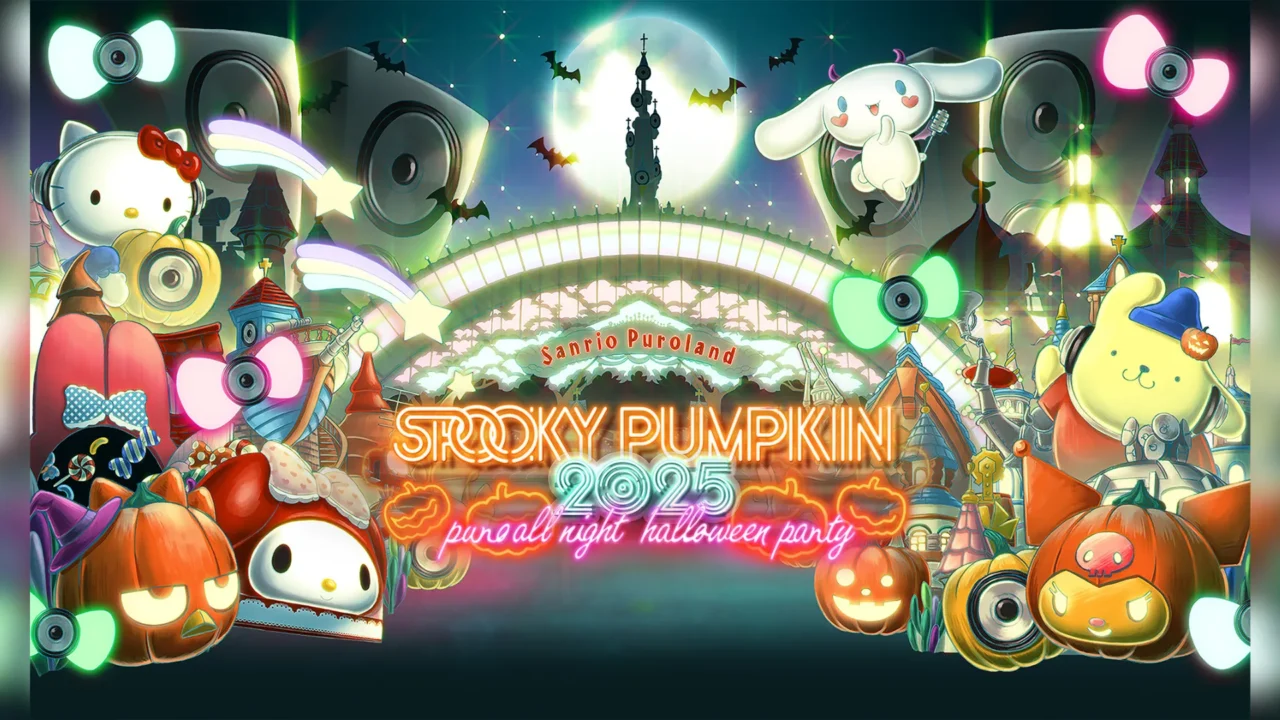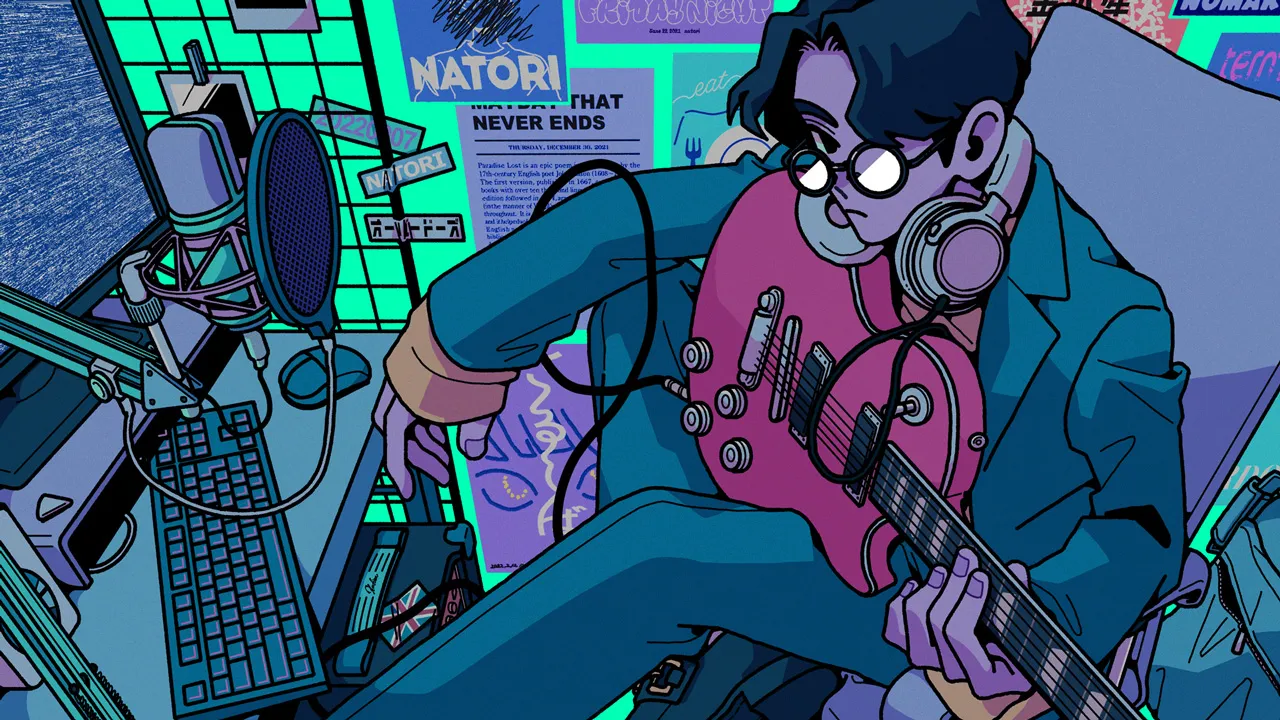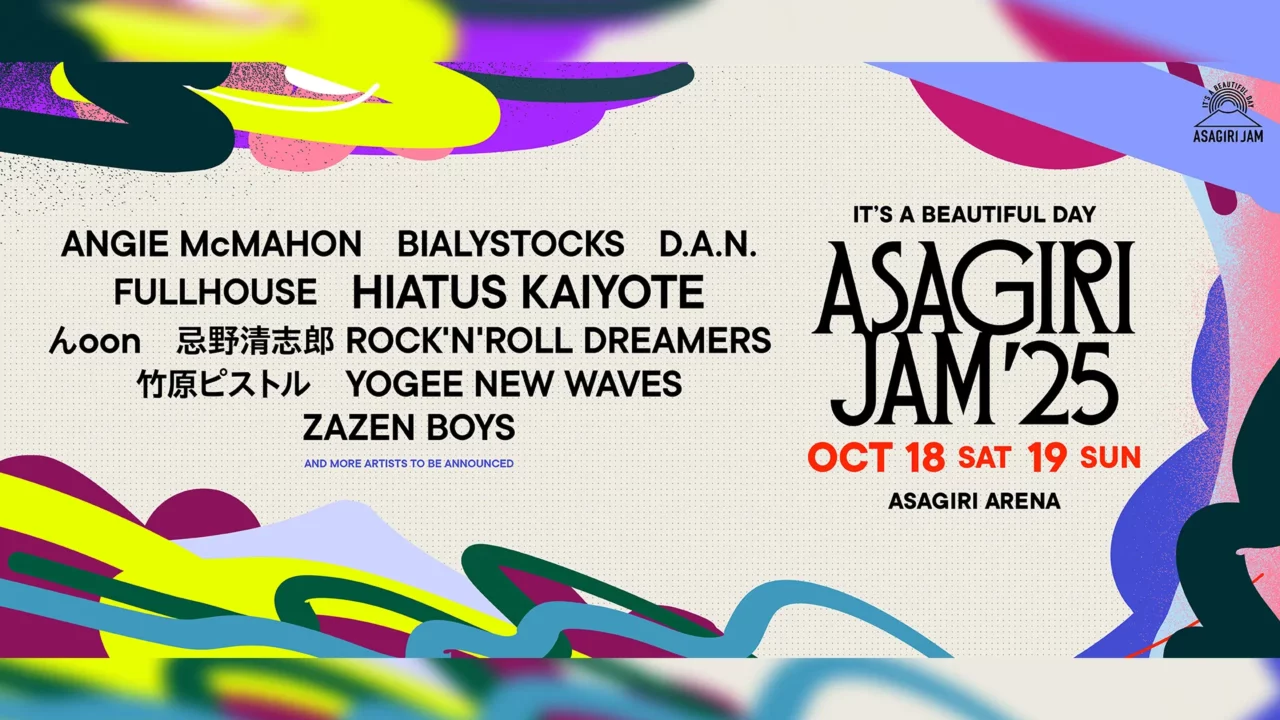Director Hayao Miyazaki’s first animated film in 10 years, “How Do You Live?,” was released on July 14th. In this article, we delve into the influence from Yoshino Genshirou’s novel of the same name, homages to previous works, and discussions on the interpretation of the conclusion, as well as the director’s inquiries into the nature of creation.
INDEX
Hayao Miyazaki’s First Animated Feature in 10 Years
Director Hayao Miyazaki’s new animated film, “How Do You Live? This is Miyazaki’s first feature-length work in 10 years, since “The Wind Rises” (2013), which was considered his retirement work.
The film also attracted attention for its thorough control of information. Prior to the film’s release, only the poster image was released, and nothing was known about the content of the film other than that it is a different story, although the title is taken from the novel of the same name by Yoshino Genzaburo, published in 1937. Even after the release of the film, little information was officially released. Finally, about a month later, on August 11, it was announced that a pamphlet would be released.
I am afraid that this is an extremely personal experience, but it took me a long time to start writing this article, perhaps because I was worried about the lack of official information. It made me realize how much I have relied on the information in the pamphlet and on the official website, regardless of whether or not I refer to them directly. Please note that there may be errors in the names of the characters and details of the film below.
*The following contains descriptions of the contents of the film. Please understand this in advance.
INDEX
Two Perspectives on “How Do You Live?”
This film is a fantasy that depicts the growth of the main character, a boy named Makoto Maki, through his adventures in a mysterious world. The setting is Japan during World War II. Just from the sense of excitement at the beginning of the film, as he runs up the stairs and through an air raid, one can feel a kind of excitement at having seen Hayao Miyazaki’s newest work. However, his mother dies as a result of the air raid. Masato and his father evacuate to his mother’s family compound.
His father remarries to Natsuko, his mother’s younger sister, who has the same face as his mother. Masato is unable to accept her. At school, he gets into a fight with a local kid, and on his way home, he injures his head with his own hand. When asked about the wound, he is unable to tell the truth.
Later, in order to find the missing Natsuko, Masato steps into a strange tower on the property. He is then lured into another world by a talking blue heron. Through his encounters there, he becomes aware of his “malice” and wishes to make friends, and accepts Natsuko, calling her mother.
The catalyst for Makoto’s change was a novel of the same title by Yoshino Genzaburo, left to him by his mother. Although the novel was considered unrelated to the content of the film, the two have much in common, and the novel strongly influenced the film. In the novel, Kopel-kun breaks away from his self-centered view of things through dialogue with his uncle. The page in the film where Manito shed tears is the scene where Kopel admits his mistakes and makes up with his friends. It can be said first of all that this film is a story in which the protagonist, through his adventures, accepts his own malice and reexamines his relationship with others and the world.
Another book that seems to have had a strong influence on this film is John Connally’s “The Book of Lost Things” (2006). This film is set in England during World War II. A boy who has lost his mother and lives with his stepmother is transported to another world by the voice of his mother, who is supposed to be dead. There, he meets a woodcutter and travels back to his original world. Meanwhile, a strange “twisted man” confuses the boy. Even with this rough summary of the story, one can see the similarities with “How Do You Live?
The tower, the guiding bird, and the self-righteous king in this film are also similar to Paul Grimaud’s “The King and the Bird” (1980), which is considered “the origin of Studio Ghibli” and influenced Hayao Miyazaki’s films, including “Lupin III: Cagliostro’s Castle” (1979), and another version of “The Tyranny of the Wild” (1952). (1952), another version of which also reminded me of Hayao Miyazaki’s previous works.





